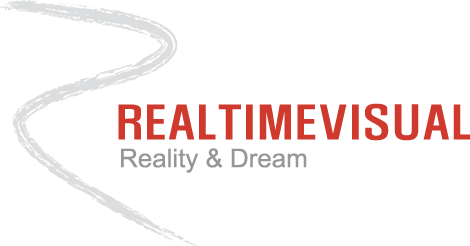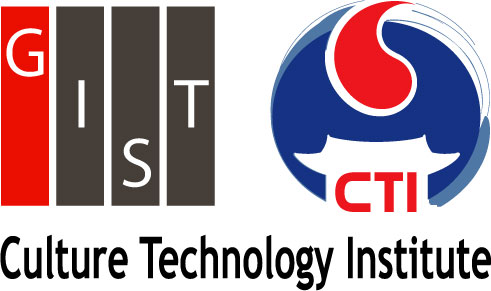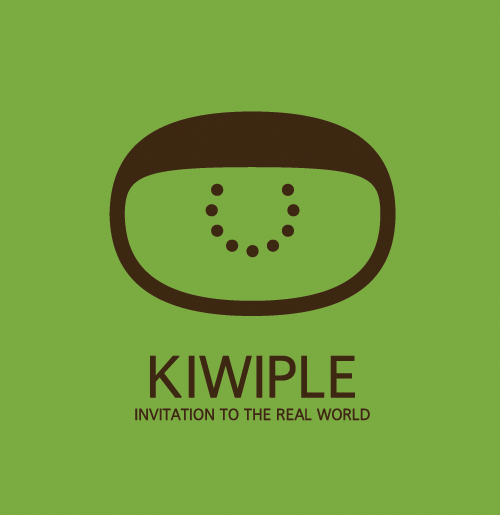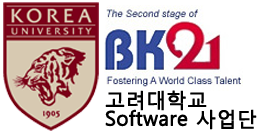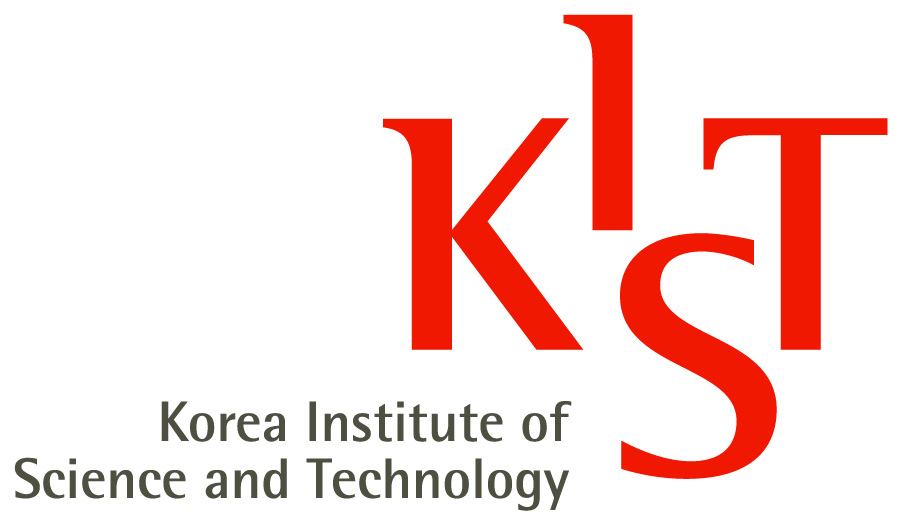From ISMAR2010
Contents |
Panel
The Future of ISMAR: Converging Science, Business, and Art
October 16, 2010 10:00-11:30 ----------------------------------------------Room 403, Coex
Speakers |
|||
|---|---|---|---|
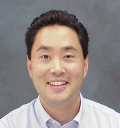 |
 |
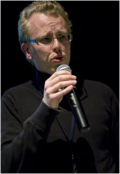 |
 |
| Ron Azuma | Selim Benhimane | Boris Debackere | Hirokazu Kato |
Hosts |
|||
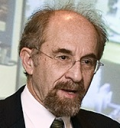 |
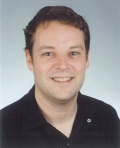 |
||
| Henry Fuchs | Christian Sandor | ||
More Information
1. Presentations(4 x 15 minutes)
Beyond pop-ups and moving trains
Ron Azuma, Research Leader at the Nokia Research Center Hollywood
What is the key challenge determining the future of Mixed and Augmented Reality? AR has received much recent interest from the popular press due to applications that have reached the mass market: pop-up advertisements, games with 3D characters that pop up over markers, etc. But will such pop-up content remain compelling to people in the long run? The key is to develop AR and MR into new forms of media, requiring interdisciplinary efforts that combine breakthroughs in technology, art, design and business models. We describe an initial exploration from the Nokia Research Center Hollywood along this direction, called The Westwood Experience. The state of AR and MR today is similar to the start of motion pictures, when audiences were thrilled to see effects reels of moving trains. But the technology of motion pictures only became the field of cinema after creators invented the medium of film to tell compelling stories. AR and MR need to move beyond pop-ups, just as cinema advanced beyond moving trains. Bio: Ronald Azuma is a Research Leader at the Nokia Research Center Hollywood, where he leads a team exploring new designs and enabling technologies for novel, compelling mobile entertainment experiences. He received a B.S. in Electrical Engineering and Computer Science from the University of California at Berkeley, and an M.S. and Ph.D. in Computer Science from the University of North Carolina at Chapel Hill. Ronald’s background in Augmented Reality includes calibration, hybrid tracking, and visualization. He helped define and guide research in the field through two surveys. He currently serves as the leader of the ISMAR’s Steering Committee.
Imagine a generalized daily basis usage of AR/MR
Selim Benhimane, Head of Research at metaio GmbH, Munich
Counting on the “wow factor” and the “marketing buzz” does not suffice to run the Augmented and Mixed Reality business. Pushing the research towards highly accurate overlays through robust tracking algorithms, a dialogue between the real and the virtual world through the reconstruction of the surrounding environment, advanced 3D animations and multi-platform support are becoming a must for the AR and MR market to thrive. We believe that the future of the AR and MR technology is highly dependent on the development of valuable commercial products taking advantage of these research directions in order to broaden and to accustom the users. We show some industrial solutions, attractive scenarios and end-user applications that prove that bringing AR and MR into a daily basis usage is possible.
Bio: Selim Benhimane obtained the Postgraduate Degree of Engineering systems, Automation and Vision from the National School of Higher Education in Physics of Strasbourg. He received a Postgraduate Advanced Diploma in Photonics, Imaging and Cybernetics from Louis Pasteur University in Strasbourg. He prepared his doctor thesis at INRIA Sophia Antipolis and obtained his PhD from the École Nationale Supérieure des Mines de Paris. He was leading the Computer Vision group at the CAMP chair at the Technical University of Munich. Now, he is the Head of Research at metaio GmbH, Munich. His research interests include augmented reality, computer vision and robotics
'Better Then Reality' : Best practices in artistic projects involving augmented reality techniques.
Boris Debackere, Lab Manager at V2, The Netherlands
V2_Lab is a place for artistic Research and Development (aRt&D) bringing together artists, technicians and scientists to work in the field of art and technology. V2_Lab offers technical and production support support to artists working with new technologies. aRt&D refers to the specific qualities that art can introduce in the field of interdisciplinary technological innovation and realization. Especially in collaboration with engineers and computer scientists, the artistic approach is unconventional in connecting different research fields, leaving behind discipline-specific paradigms.
Although augmented reality has considerable potential for application in the domain of art, the technological aspects often turns out to be a stumbling block for artists. From a computer-technology perspective, augmented reality mainly offers the possibility to overlay the everyday environment for purposes of location-based services, navigation by mobile telephone, pervasive games, and so on. Most artists, however, are less concerned with applying augmented reality to solve practical problems, but aim to create novel experiences on the basis of the technology’s unprecedented potential for immersion, dramatic development, and user-interaction. V2_Lab has a broad experience with augmented reality and is developing tools that aim to make the medium more accessible for artists.
Bio : Boris Debackere, an artist and researcher, is currently serving as the lab director of V2_, a place for artistic research and development (aRt&d) bringing together artists, technicians and scientist to work in the field of art and technology. The current major domains of research in V2_ are augmented reality and wearable technology. Debackere teaches at the Sint-Lukas Academy in Brussels, where he leads the Transmedia department. As a media artist his main interest is the possible integration of different expressions forms, with an emphasis on electronic sound and image.
Return to the origin of Augmented Reality
Hirokazu Kato, Professor, Nara Institute of Science and Technology
Augmented Reality is usually defined from its function that virtual objects or annotations can be overlaid in the real world as if they really exist. But we have also had an important motivation for AR researches. Basic concept of AR was to support the human activity in the real environment because there are a lot of high-risk or complicated tasks in real working environment. About 20 years ago, Dr. David Mizell introduced AR wire bundle assembly project. Then we realized that AR has great potential to support human activities. But how widely has AR been used for complicated tasks? I heard even Mizell's AR system has not been used in a practical situation. The reason is simple. The technology was not good enough. We believed that tracking is the most important technology for AR and we have been developing it for a long time. Now we have so many types of tracking for AR and sometimes think that the tracking is now good enough. But it is still not easy to see practical AR systems for high-risk or complicated tasks. Why? We might have lost to see important problems that have to be solved for practical AR systems. We need to think about the essential issues again to build practical AR systems for complicated tasks.
Bio: Dr. Hirokazu Kato received the B.E., M.E. and Dr. Eng. degrees from Osaka University, Japan in 1986, 1988 and 1996 respectively. He joined the Human Interface Technology Laboratory (HIT Lab) at the University of Washington as a visiting scholar in 1998. In 2003 he joined the Graduate School of Engineering Science at Osaka University. Since 2007 he has been with Graduate School of Information Science at Nara Institute of Science and Technology. Since he developed the ARToolKit in 1999, he has been studying mainly Augmented Reality. He has been also interested in Entertainment Computing.
2. Q&A with Panel, Audience and Hosts (30 minutes)
Henry Fuchs, Professor, University of North Carolina at Chapel Hill
Henry Fuchs (PhD, Utah, 1975) is the Federico Gil Professor of Computer Science and Adjunct Professor of Biomedical Engineering at UNC Chapel Hill. He has been active in computer graphics since the early 1970s, with rendering algorithms (BSP Trees), hardware (Pixel-Planes and PixelFlow), virtual environments, tele-immersion systems and medical applications. He is a member of the National Academy of Engineering, a fellow of the American Academy of Arts and Sciences, the recipient of the 1992 ACM-SIGGRAPH Achievement Award, the 1992 Academic Award of the National Computer Graphics Association, and the 1997 Satava Award of the Medicine Meets Virtual Reality Conference.
Christian Sandor, Lecturer: University South Australia; Director: Magic Vision Lab
Dr. Christian Sandor is Lecturer at the University of South Australia, where he directs the Magic Vision Lab. He believes that Augmented Reality will have a profound impact on the future of mankind. He filed six patents and produced over 30 peer-reviewed scientific publications. He previously worked at Canon's Leading-Edge Technology Research Headquarters in Tokyo, Japan. There, he created a design environment that enables users to see and touch virtual objects and invented a 3D cursor for mobile Augmented Reality. Before joining Canon, he obtained a doctorate in computer science from the Munich University of Technology, Germany, under the supervision of Prof. Gudrun Klinker and Prof. Steven Feiner.



